เมืองเวียงจัน(หรือ ศรีโคตรบูร) เป็นศูนย์กลางของพวกสยาม มี “เครือข่าย” ขึ้นไปถึงลำน้ำอูอยู่ตอนเหนือของลาว ถึงลำน้ำกกอยู่ทางเหนือของไทย แล้วมีเส้นทางคมนาคมต่อเนื่องเข้าไปเกี่ยวข้องกับกลุ่มชนลุ่มแม่น้ำแดง-แม่ น้ำดำที่ภาคเหนือทางเวียดนาม รวมทั้งดินแดนทางใต้ของจีน(เขตยูนนาน) ที่มีอาณาจักรใหญ่ตั้งอยู่คือน่านเจ้าและคุนหมิง
✦ "Syam Kuk” a well-known bass relief at Angkor Wat believed to depict the Siamese army marching in the Angkorian army either as its alliance or subjects?
One of the presumptions, the name Siam came from a Sanskrit word, Shyama means yellowish white. Aryan people (Indo Aryan) called us Shyama and became Shyam(Siam).
A detailed shot of one of the many scenes portrayed in Angkor Wat's Galleries of Bas-reliefs. The photo shows part of the South Gallery's West Wing - a procession of various leaders and their troops from provinces and countries of King Suryavarman II's empire.
Near the front of the procession at the easternmost end of this wing. A contingent of Syam Kuk soldiers - some smiling - marches in a relaxed way. "Syāṃ" may mean Siamese (present-day Thai) or other people from the north-western area of the Angkorian empire and "Kūta" may mean group, The script was recorded at the back of the army officer on the elephant's back (Has been destroyed).
✦ “Siam Kuk” The Siamese people are great
“สยาม กุก” ชาวสยามผู้ยิ่งใหญ่
The bas-relief known as "Siam Kuk" (which means "Siamese Group") is a depiction of a group of Thai soldiers marching in the army of the Khmer Empire during the 12th century. It is a formation of the 21st army, the generals carry bows and arrows. Standing majestically in a seat bound on an elephant's back, hair braided in curls, wearing a hat adorned with flowers and feathers (the motif of "seat tied on an elephant's back" is different from that of the elephant's seat bound). all khmer by making a lotus-flower-shaped pedestal. The backrest of the seat on the openwork elephant's back is a curved pattern similar to a four-petal flower. It is similar to the flower decoration in the art of Dvaravati of the Chao Phraya River Basin. The bas-relief is located on the easternmost section of the outer wall of Angkor Wat, the largest religious monument in the world. The bas-relief shows a group of about 50 Thai soldiers, armed with spears, swords, and shields. They are marching in a relaxed manner, with some of them smiling and talking to each other. The soldiers are wearing traditional Thai clothing, which includes long skirts, loose-fitting shirts, and turbans.
The bas-relief of "Siam Kuk" explicitly show that the Siamese people are great. However, it show that they were a proud and confident people who were not afraid to fight for what they believed in. The soldiers in the bas-relief held a long spear with pointed roots, dressed in a floral pattern, decorated with very beautiful Uba bouquet. We are shown marching in a relaxed manner, with some of them smiling and talking to each other. This suggests that they were confident in their abilities and did not see themselves as inferior to the Khmer soldiers and shows that the Siamese people were skilled warriors. They are armed with spears, swords, and shields, and they are shown fighting bravely against their enemies. This suggests that they were a formidable force to be reckoned with.
Ultimately, the bas-relief of "Siam Kuk" is a reminder of the rich history and culture of the Siamese people. It is a testament to their strength, courage, and pride.
here are some narrations of foreign travelers about the image of the "Siam Kuk" bas-relief at Angkor Wat in the past:
* Henri Mouhot, a French explorer who visited Angkor Wat in 1860: "I was amazed to see the bas-relief of the Siamese Group. It was a powerful reminder of the long and shared history of the Thai and Khmer peoples. The soldiers were depicted with such skill and detail, and it was clear that they were proud and confident warriors. I felt a sense of kinship with them, as a fellow Southeast Asian."
* John Thomson, a Scottish photographer who visited Angkor Wat in 1866: "I was fascinated by the bas-relief of the Siamese Group. It was so different from anything I had ever seen before. The soldiers were dressed in such elaborate clothing, and their weapons were so unique. I could tell that they were an important part of the Khmer Empire, and I was honored to be able to see their image preserved for centuries."
* George Coedès, a French historian who visited Angkor Wat in the early 20th century: "The bas-relief of the Siamese Group is a valuable historical document that provides insights into the relationship between the Khmer Empire and the Thai kingdom during the 12th century. It is a reminder of the long and complex history of the two countries, which share a border and a rich cultural heritage."
* The Chinese traveler Zhou Daguan, who visited Angkor Wat in 1296: "The bas-relief of the Siamese Group is a remarkable depiction of the Thai people. The soldiers are shown with great detail and accuracy, and their clothing and weapons are clearly depicted. It is a valuable historical document that provides insights into the relationship between the Khmer Empire and the Thai kingdom during the 13th century."
* The Scottish photographer John Thomson, who visited Angkor Wat in 1866: "The bas-relief of the Siamese Group is a fascinating depiction of the Thai people. The soldiers are shown in their traditional clothing and armed with their traditional weapons. It is a valuable historical document that provides insights into the culture and society of the Thai kingdom during the 19th century."
These are just a few examples of the many narrations that foreign travelers have written about the image of the "Siam Kuk" bas-relief at Angkor Wat in the past. The bas-relief has long been a source of fascination and inspiration for travelers from all over the world. It is a reminder of the shared history and culture of the Thai and Khmer peoples, and it continues to be a powerful and moving sight for visitors to Angkor Wat.
=======

References :
* **George Coedès, **Angkor: An Introduction, (Oxford University Press, 1963).
* **Michael Freeman and Claude Jacques, **Angkor: The Hidden History, (Thames & Hudson, 1999).
* **Michel Jacq-Hergoualch, **Angkor: Heart of an Empire, (Thames & Hudson, 2007).
* **Vittorio Roveda, **Angkor: The Complete Guide, (A&C Black, 2011).
* **Zhou Daguan, "A Record of Cambodia"** (1296): This is a travelogue written by the Chinese traveler Zhou Daguan, who visited Angkor Wat in 1296. In his book, Zhou Daguan describes the bas-relief of the Siamese Group in detail, and he provides insights into the relationship between the Khmer Empire and the Thai kingdom during the 13th century.
* **Henri Mouhot, "Travels in the Central Parts of Indo-China (Siam, Cambodia, Laos)"** (1868): This is a travelogue written by the French explorer Henri Mouhot, who visited Angkor Wat in 1860. In his book, Mouhot describes the bas-relief of the Siamese Group in detail, and he expresses his admiration for the skill and detail with which the soldiers are depicted.
* **John Thomson, "The Straits of Malacca, Indo-China and China"** (1875): This is a travelogue written by the Scottish photographer John Thomson, who visited Angkor Wat in 1866. In his book, Thomson provides a detailed description of the bas-relief of the Siamese Group, and he includes several photographs of the bas-relief.
* **George Coedès, "Angkor: An Introduction"** (1963): This is a book written by the French historian George Coedès, who was an expert on the history of Southeast Asia. In his book, Coedès discusses the bas-relief of the Siamese Group in detail, and he provides insights into the meaning and significance of the bas-relief.
#สยามกุก #เสียมกุก #อาภรณ์งามสตูดิโอ #Syamkuk #PeeramonChomdhavat #ArpornNgamstudio #Thai #siam #Thailand
![]()
![]()



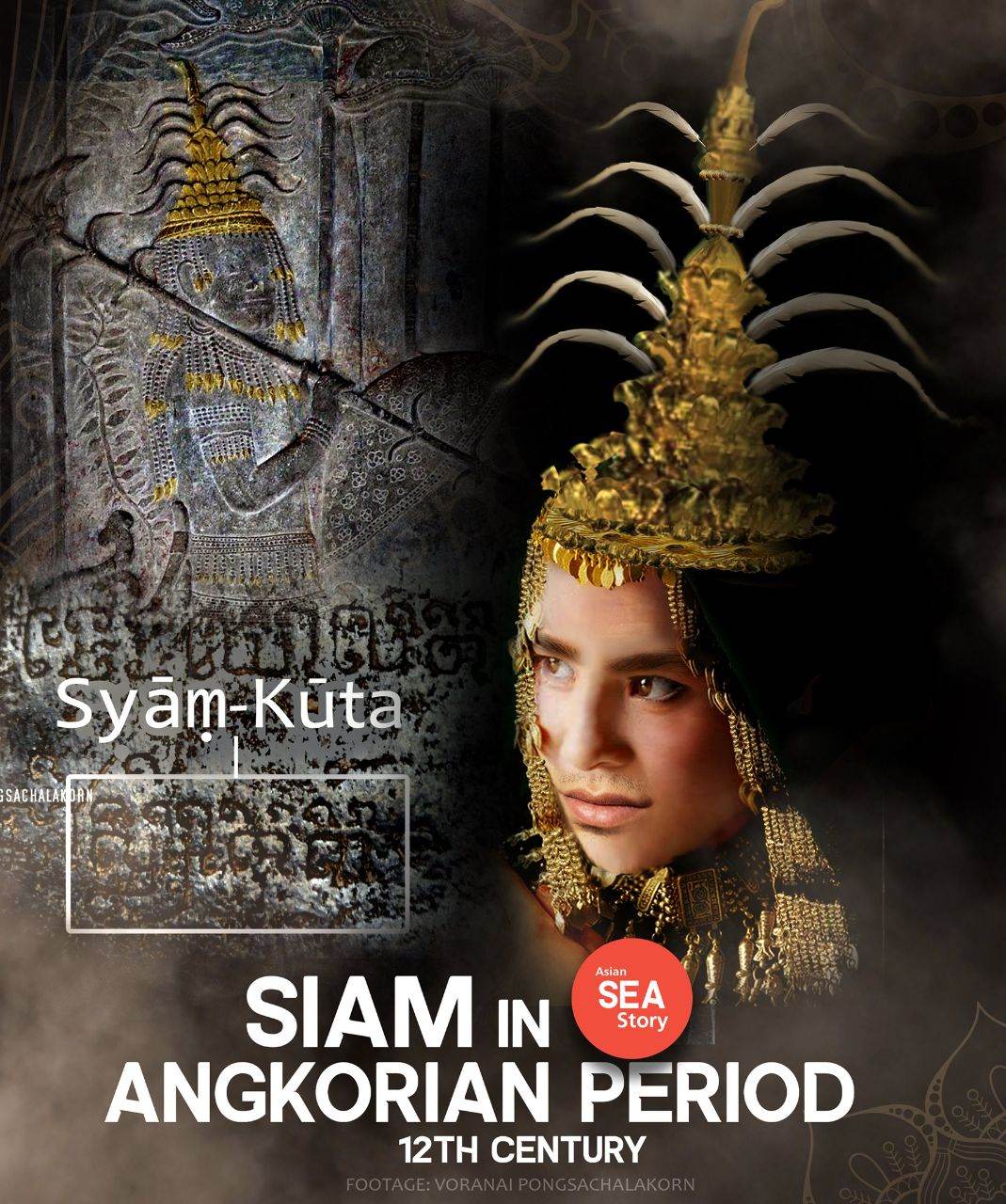
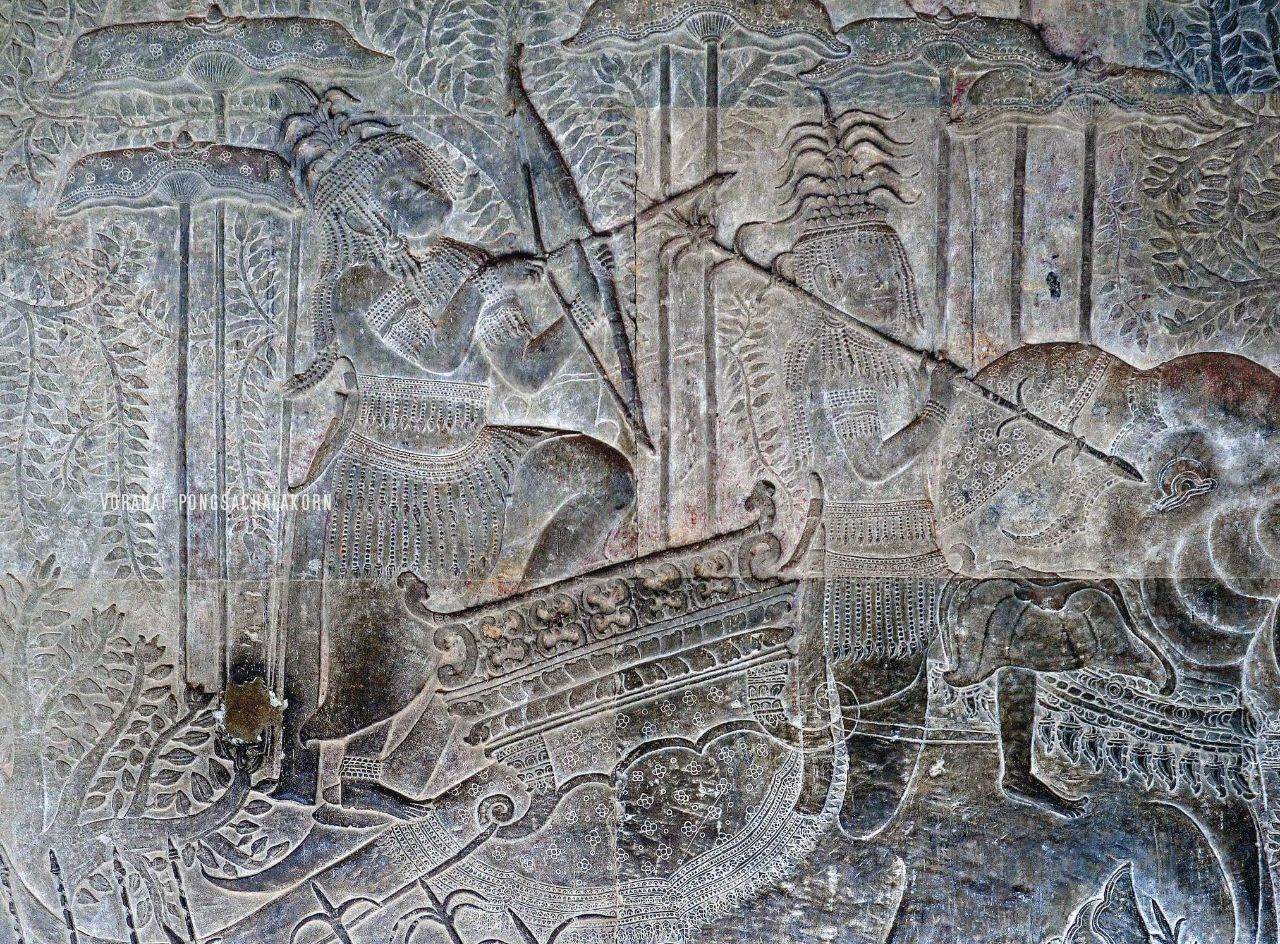
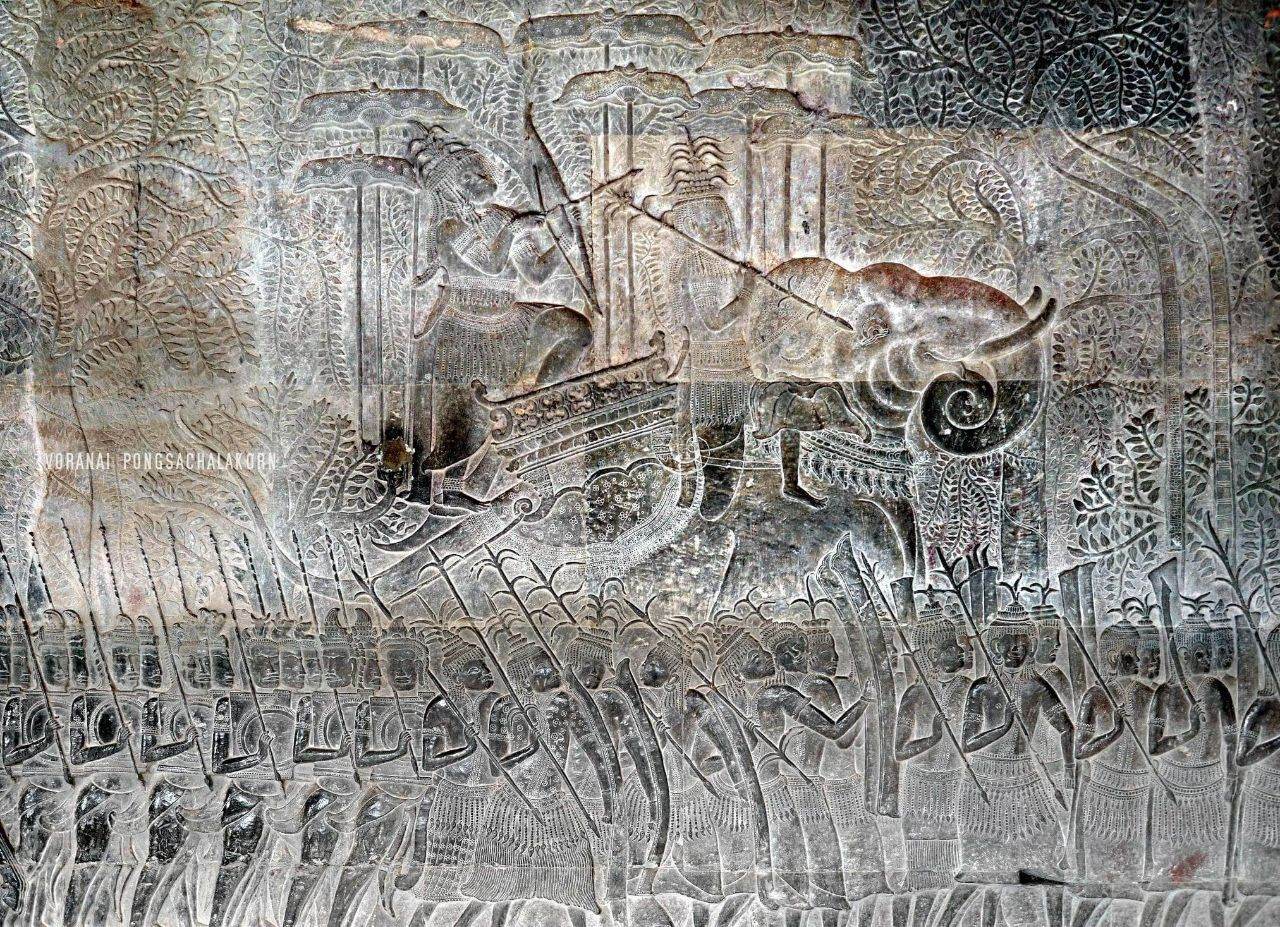
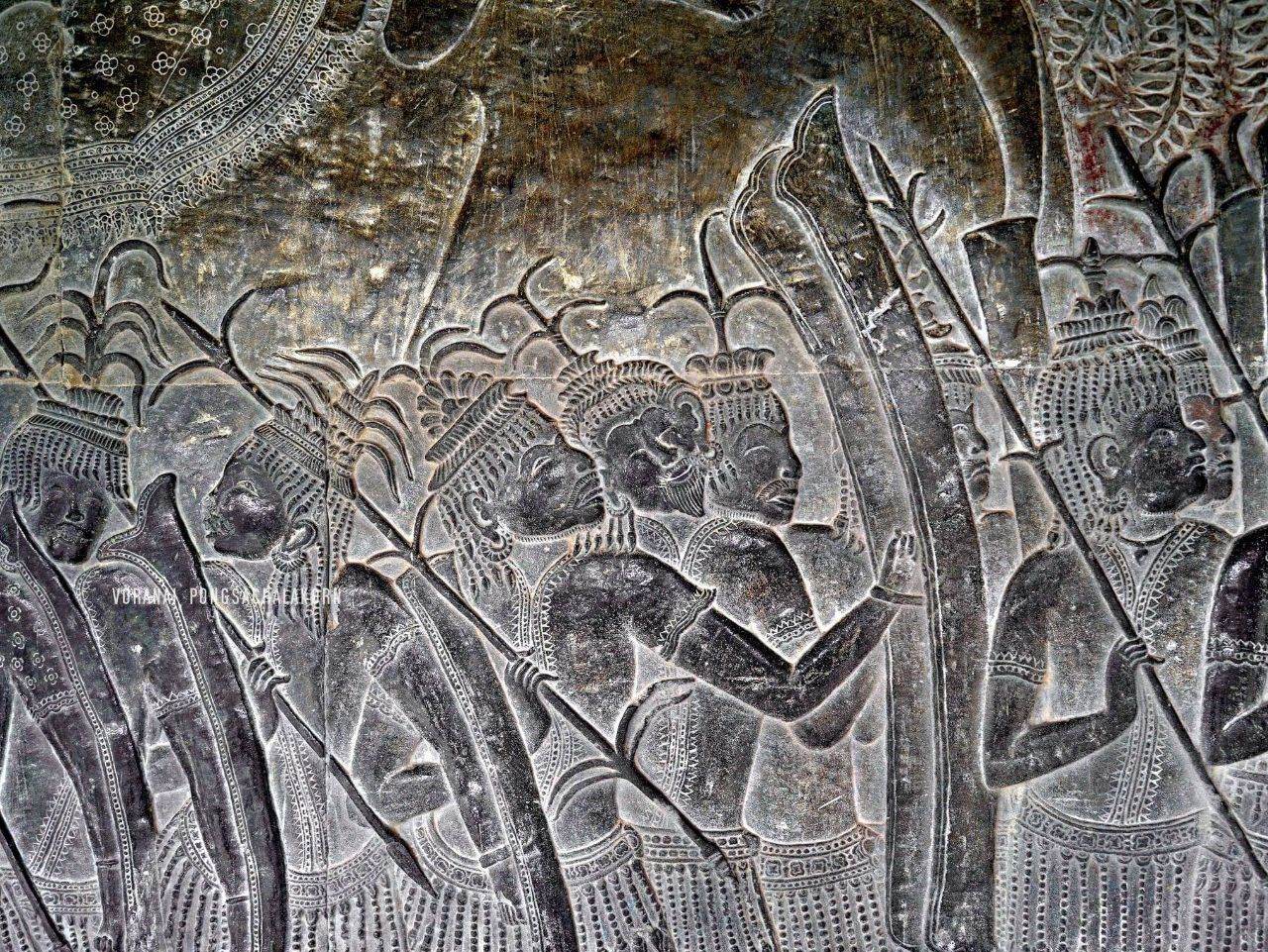
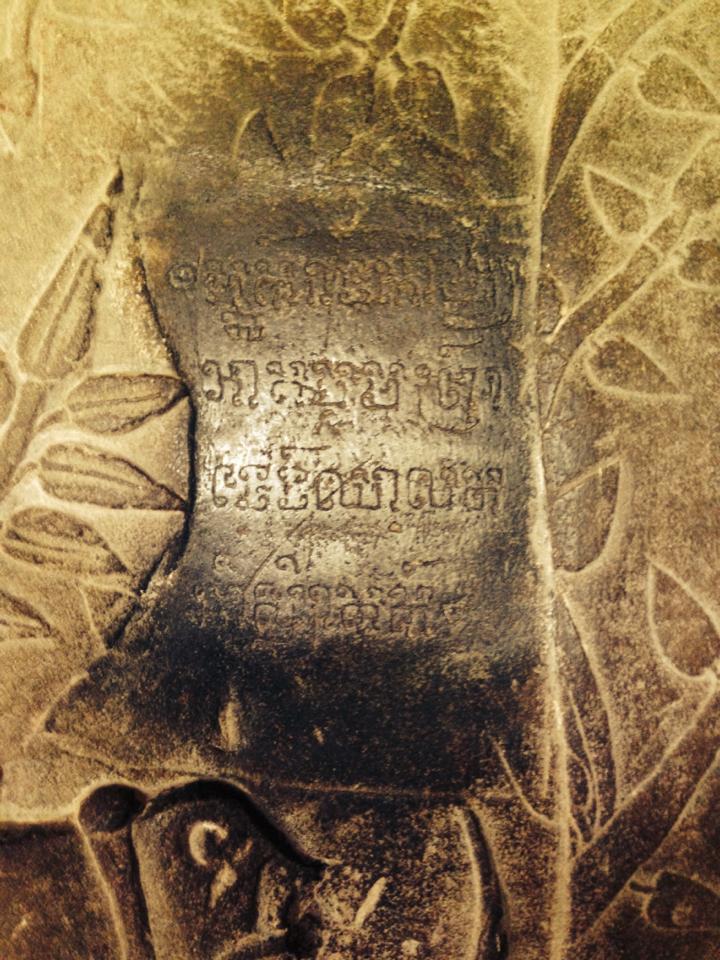
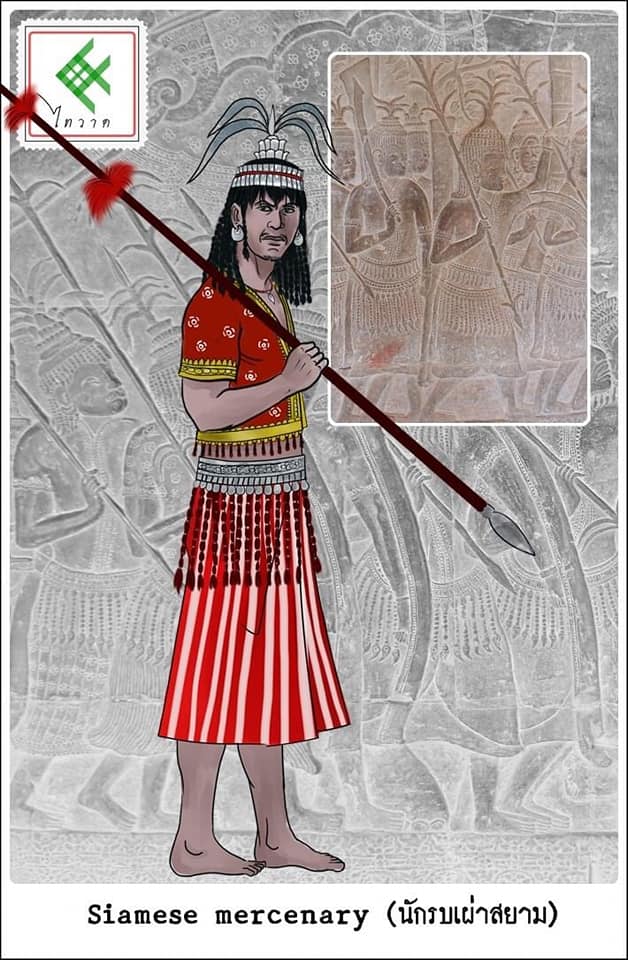
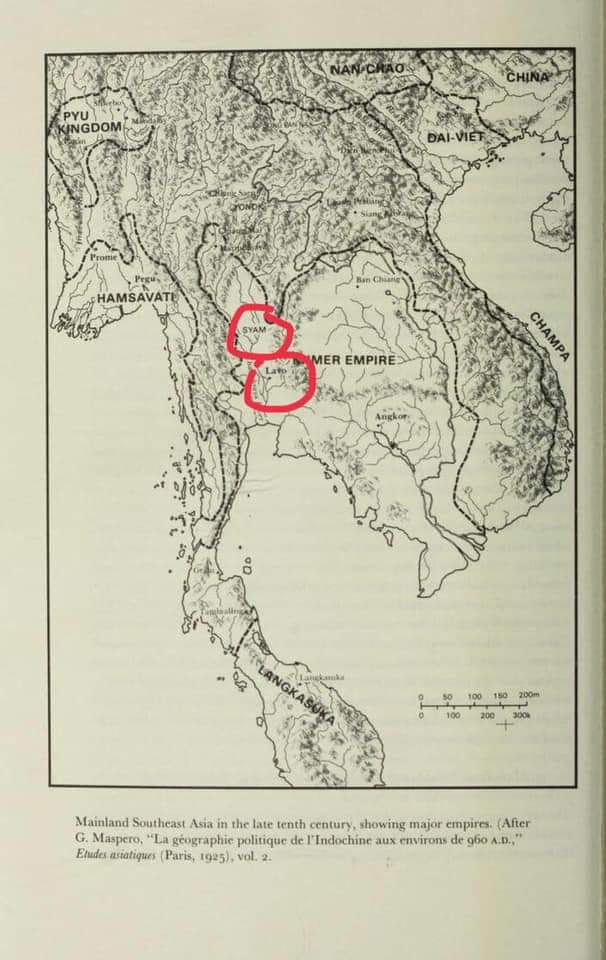
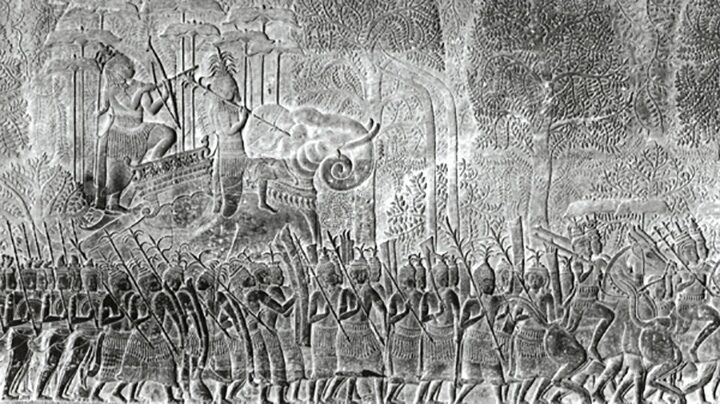
 SONGKRAN LADY "รากษสเทวี, Rak Sod Devi" | THAILAND 🇹🇭
SONGKRAN LADY "รากษสเทวี, Rak Sod Devi" | THAILAND 🇹🇭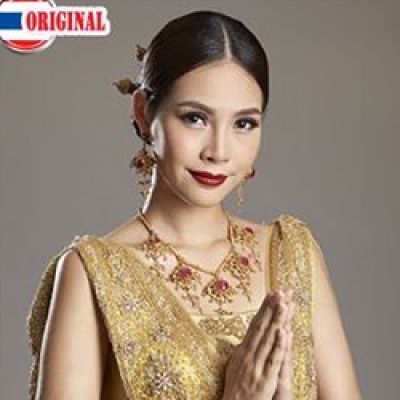 Thai National costume | copyright of Thai people. 🇹🇭
Thai National costume | copyright of Thai people. 🇹🇭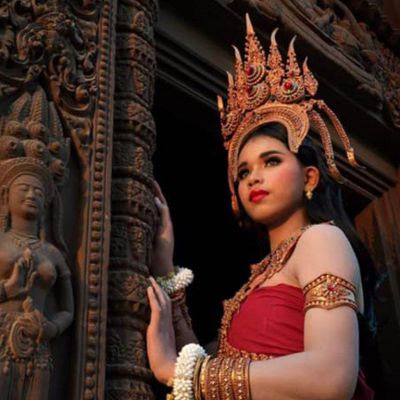 Thai Apsorn - Thai Apsara "ថៃអប្សរា" | THAILAND 🇹🇭
Thai Apsorn - Thai Apsara "ថៃអប្សរា" | THAILAND 🇹🇭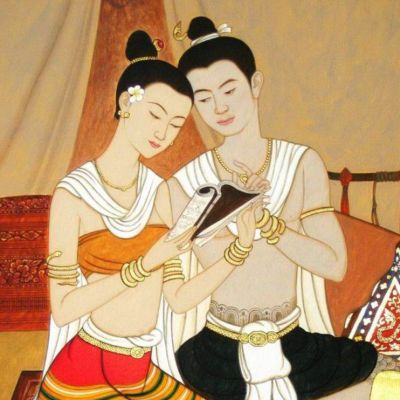 LANNA FINE ART by Phongphan ruannunchai | THAILAND 🇹🇭
LANNA FINE ART by Phongphan ruannunchai | THAILAND 🇹🇭